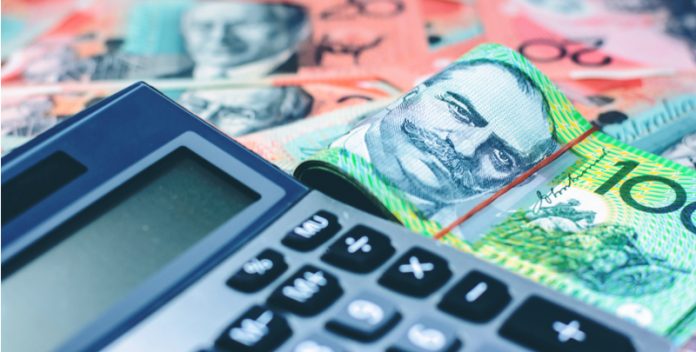- Australian Dollar (AUD) trades at multi month highs despite Australia falling into economic deflation
- Australian inflation -1.9% quarter on quarter in Q2
- US Dollar slips ahead of Federal Reserve monetary policy announcement
- US Congress still not agreeing on stimulus
The Australian Dollar US Dollar (AUD/USD) exchange rate is pushing higher for a fourth consecutive session on Wednesday after shooting to its highest level since April 2019. At 14:15 UTC, AUD/USD trades +0.5% at US$0.7186, as it looks to pierce US$0.7200.
The Australian Dollar is bounding higher against a weaker greenback despite data showing that Australia had moved into a period of economic deflation. Inflation, as measured by the consumer price index declined -1.9% quarter on quarter between April – June thrusting the county into deflation for the first time in 22 years.
This was the largest slump in inflation in the 72-year history that records have run. The Australian Bureau of Statistics said that the drop was fuelled by falling childcare costs thanks to a federal government support scheme and falling petrol prices.
The risk sensitive Aussie Dollar was also receiving some support from upbeat vaccine news after Moderna’s vaccine candidate protects 16 monkeys against coronavirus infection. This is an encouraging step ahead of Phase 3 human trials which start on Monday.
Looking ahead, Australian building permits could attract some attention in the Asian session. Analysts are expecting a rebound in June to 0% after a -16.4% decline in May.
The US Dollar is heading southwards as investors await the Federal Reserve monetary policy announcement. The Fed is not expected to adjust monetary policy given the dozens of programmes that have been implemented over recent months.
Whilst the Fed will be in a wait and see mood, investors will be listening to the Fed’s tone carefully. The Fed are expected to remain very dovish as rising coronavirus numbers threaten to hamper the fragile economic recovery. Consumer confidence is falling and the recovery in the labour market has stalled.
Adding to the Fed’s challenges and the unfavourable climate there is still some distance between the Democrats and Republicans in Congress for a stimulus package.





